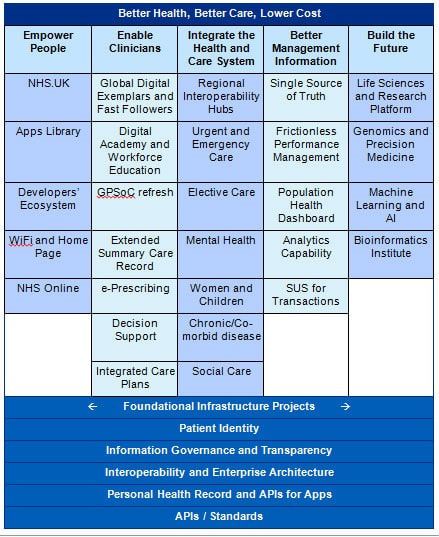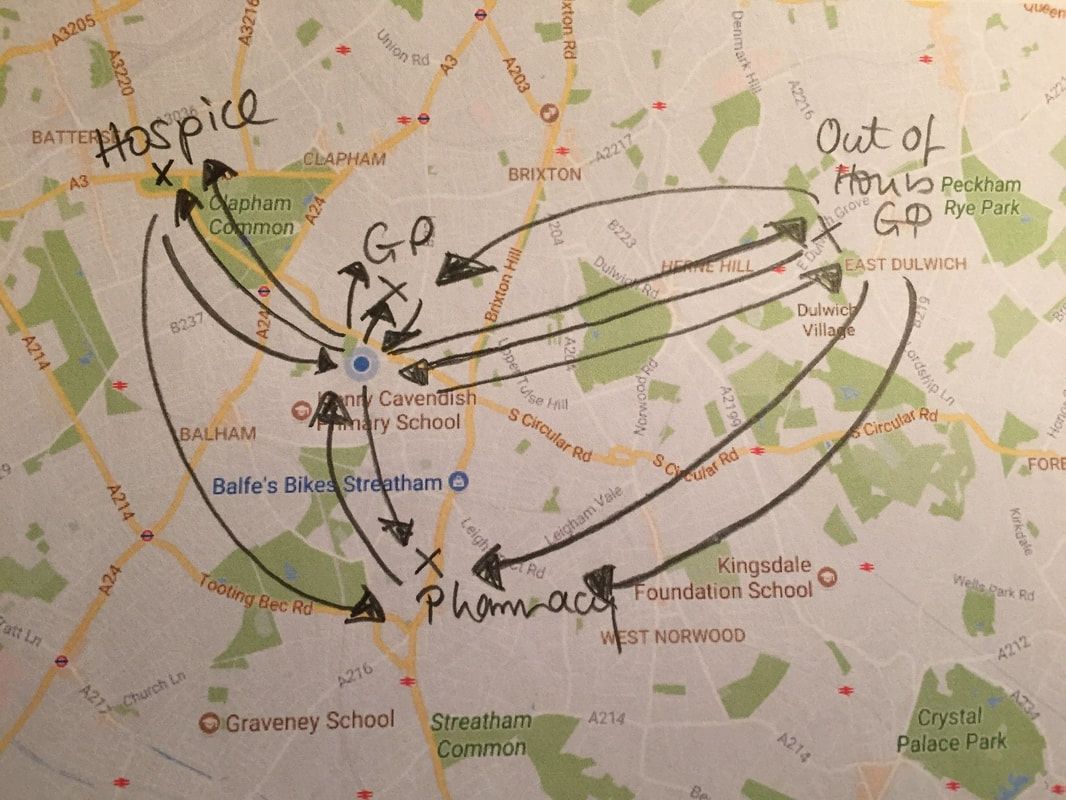Mind the gap
It seems to me the Writing the Future science fiction prize, and the beautiful, eerie stories, mess with our minds because they say ambiguous things about the gap between the present and the future. Is this gap vast, with futures yet untold unfolding in unpredictable directions? Or is this gap porous, and shrinking?
Are the seeds of these unsettling futures already contained in our present? I want to think about this gap, about this distance for a bit, at the same time far removed and uncomfortably close.
I lead the work of the Richmond Group of Charities, a coalition of large national patient charities. So, like many of you here tonight, I am paid to think about the present and future of health and care. Like you, I am part of many conversations about how health and care need to change, about transformation, sustainability, accountability, and so on.
But as many of you here tonight also know, my husband David is seriously ill, terminally ill. So I bump into another gap a lot. The gap between this professional conversation I am having, and what can only be described as the weeds of health and care: almost always disjointed, mostly clunky, often unresponsive, and at times even disrespectful.
To illustrate this gap, I would like to show two pictures – both were generated in the same week of my life.
First, and I don’t know whether you remember, this beautiful ‘placemat’ published by no other than NHS England to describe their vision for the future of IT in the NHS. They went as far as calling it an IT strategy.
 If you are like me, you can’t really tell whether we are looking at a list of good things we like (integrated care plans, decision support) or at a list of things we will do (apps library, eprescribing). Either way, I am glad the NHS aspires to something called a ‘single source of truth’ and ‘frictionless performance management’.
If you are like me, you can’t really tell whether we are looking at a list of good things we like (integrated care plans, decision support) or at a list of things we will do (apps library, eprescribing). Either way, I am glad the NHS aspires to something called a ‘single source of truth’ and ‘frictionless performance management’.
Now my second picture.
This is a map of a different kind. A map of the part of south London where I live with my husband David, and our two young children, Hannah and Ben. It shows the phone calls and journeys I had to make during the course of one afternoon and evening, when David realised that he had run out of one of his painkillers, and that our regular pharmacy was closed.
So this is me calling the hospice for help, this is me talking to our GP, who had prescribed the medicine, this is me talking to the pharmacy who say that the script from the GP isn’t written in a way that allows them to dispense the drug, this is me calling the hospice for help, this is the hospice calling the pharmacy, then me, then me talking to an out-of-hours GPs, twice, who has no access to David’s care record, but who then says they can prescribe a small amount of this drug, but they can’t fax the script over to the pharmacy, I have to drive over and pick it up, this is me driving to East Dulwich, this is me driving to the late opening pharmacy, and so on.
One source of truth anyone? Integrated care plans? Frictionless performance management? There is me driving through the night to take a paper script for 8 tablets from one local NHS service to another one, David having the shakes, and the children getting smaller and smaller, and paler and paler and more and more anxious about whether their mum is going to cry or scream, or both.
So how are we to think about this gap then, between what is, and what we think will be? My fear is that the default way we as health policy professionals seem to approach this gap is wishful thinking. “Digital will free up capacity.” “Stronger communities will take more responsibility for health.” “Increased resilience and self care will reduce demand.” “Better health, better care, lower cost.” “Renewable energy.” Touch wood. God willing. Inshallah.
I would argue that a real plan for the future, for better information flows, more coordinated care and improved use of digital technologies would start with something like my experience that dark night a month or so ago – and with the many, many experiences like it. And a real plan for the future, one that was minding the gap, would then not end up looking like our place mat. It would insist on defining all those professionals ‘doing their job’ that night as a team and would provide challenge and support to this team to sort it out. It would recognise that a strategy that was silent about faxes, but eulogises about ‘machine learning and artificial intelligence’ is not a strategy, but science fiction.
And a five year plan that proclaims to want to harness the energy of communities and demands a step change on prevention, but then remains silent on what practical steps will take us from here to there, will not bridge the gap.
The gap between where we are now and where we need to be. The gap between the vision we proclaim and the changes we are willing to make. The gap between the art and science of changing health and care, and fiction.
So this is my ask. Let us mind this gap. Let us care about it. Let us only agree a vision for the future, a forward view, that starts from where we are now. Let us describe a future that recognisably addresses the issues of the present, and let us mine the present for those seeds already containing versions of the future. Let us describe the next plausible step we need to take, and the next one after that.
And before we fantasise about machine learning and artificial intelligence, let us make full use of their human equivalents.
Dr Charlotte Augst is the Richmond Group of Charities Partnership Director. She writes in a personal capacity. This is the text of the speech she gave at Kaleidoscope’s Writing the Future Live event.
 Charlotte Augst15 December 2017
Charlotte Augst15 December 2017

